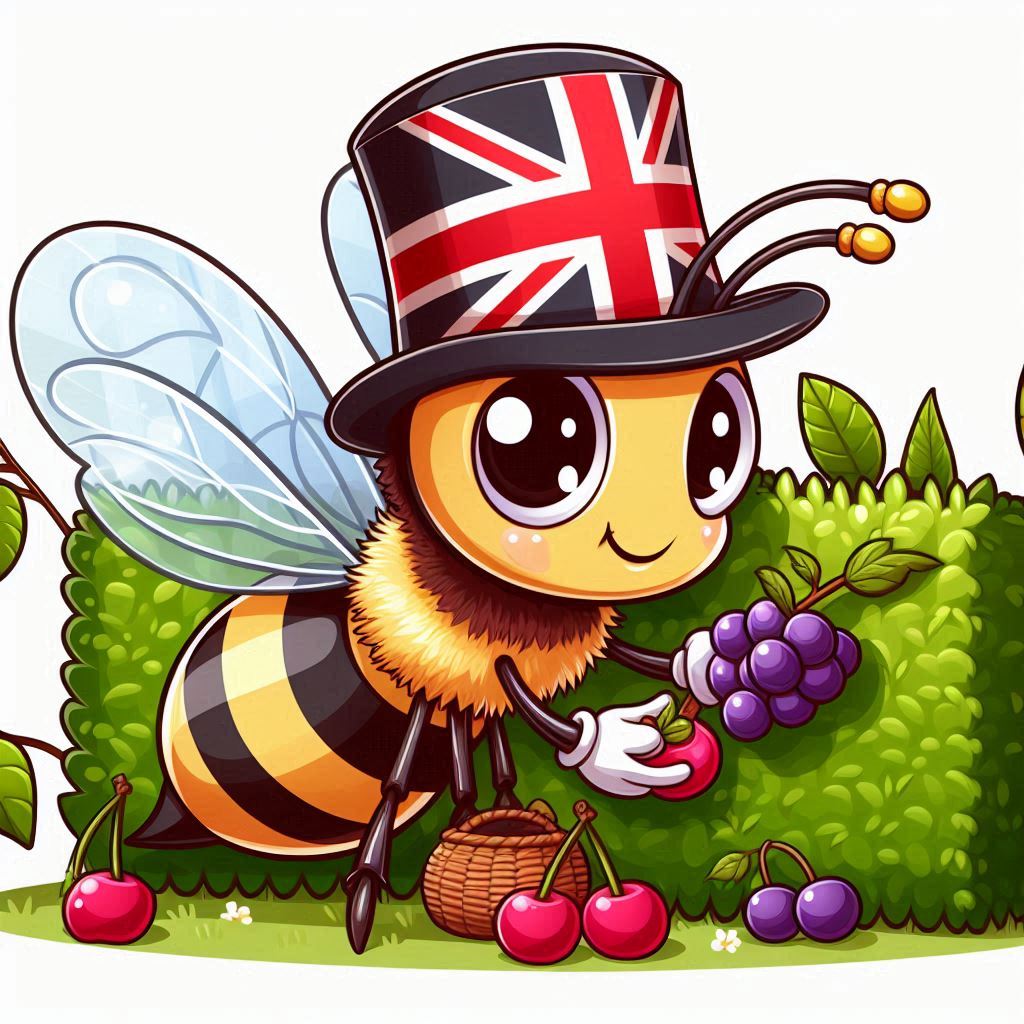Cornwall Council is Leading the World in Public Edible Hedge Planting
Foraging berries and fruit from hedgerows for your breakfast is back! As we like to say around here since today: no matter how good things get, there’s always more fruit on the hedge.

With the help of trend setters like the Shared Prosperity Fund, our government is generously spending a million quid of taxpayer money on zzzuzh-ing up the Warmest County’s bush tucker.
“If it’s done in the right way, in a public space, then it’s free food.”
Dean Tresidder, Civil Engineering Contractor
Some nay-sayers claim that if people are not enthusiastically growing edible plants in public spaces themselves on any widespread basis, they probably won’t hurry to dine on government run hedge projects. Those arguments are easily refuted by ignoring them and not inviting downers to our parties.
The only good reason for not wanting hedges that produce walls of nutritious fruit for human enjoyment is that crisps, pizza, and chocolate are sold year round at the nice climate controlled shop; warm in Winter, cool in Summer, no nettles or thorns of any kind.
Understandably, foraging fruit from strange hedgerows is a bit of a niche hobby these days; it’s less popular than, say, looking at your phone.
When young people leave home, they might find it awkward to be told that they can easily reduce their expenses by eating from the bushes like a clever squirrel, but it’s what they need to hear right now.
Using a slice of your own garden hedge space to grow fruit is the thinking gardener’s way to maximize their productive area in a limited space.
About your fruit-onna-hedge options, Simon Miles of the Forest Garden School, Falmouth, reminds us that you can put anything you like in a hedge:
“There are plumcots (half plum, half apricots) smooth skinned kiwis, quinces, and chilean guava…”
And the list just goes on: almost any fruit tree or fruit bush can go in a hedge and bear fruit on some outward facing part of itself, if it gets enough sun.
In our simple, good value, lovingly lifted and delivered edible hedge packs, we use cost-effective wild plants, but they could just as well be cultivated ones.
For example, the wild crab apple in our hedge mix could be replaced by any apple cultivar, the cherry plum and sloe could be replaced by any stone fruit from a sour damson to a sweet cherry, and so on. Medlar used to be a common hedgerow delicacy (it grafts onto Hawthorn, which is always handy).
Just buy those fruit trees as maiden sizes (the youngest & smallest fruit trees we deliver), and prune them into a hedge. You could do a whole row of them, or put a single apple tree in a sunny corner of a beech hedge.
Same goes for all the soft fruit berry bushes. The shrubby ones like currants, gooseberry, jostaberry, and the upright raspberries can go in the main hedgerow as normal, perhaps with the short gooseberries all along the sunny edge, and small things like strawberries and rhubarb likewise can go in a narrow row parallel with the hedge, gradually spreading into it as they mature. Blueberries need quite acidic soil and so won’t grow well in most locations, but if you have low pH soil then great.
Long fruit canes (most blackberries and hybridberries, and of course grapevines) will need wire support to crop really well along a new hedgerow, which will take several years to get big enough to support them up off the ground.
But then again, by leaving those canes lying on the ground along the hedge, they can set root, make new plants, and really thicken the base within a couple of years.
Would your local fruity hedgerow feed people, or nature’s other enchanting creatures?

